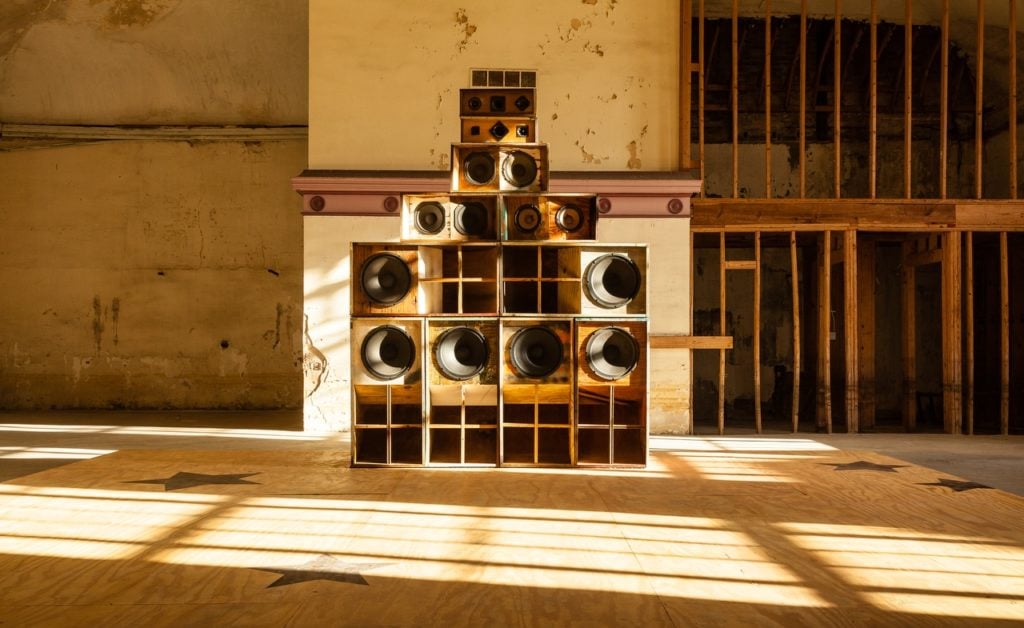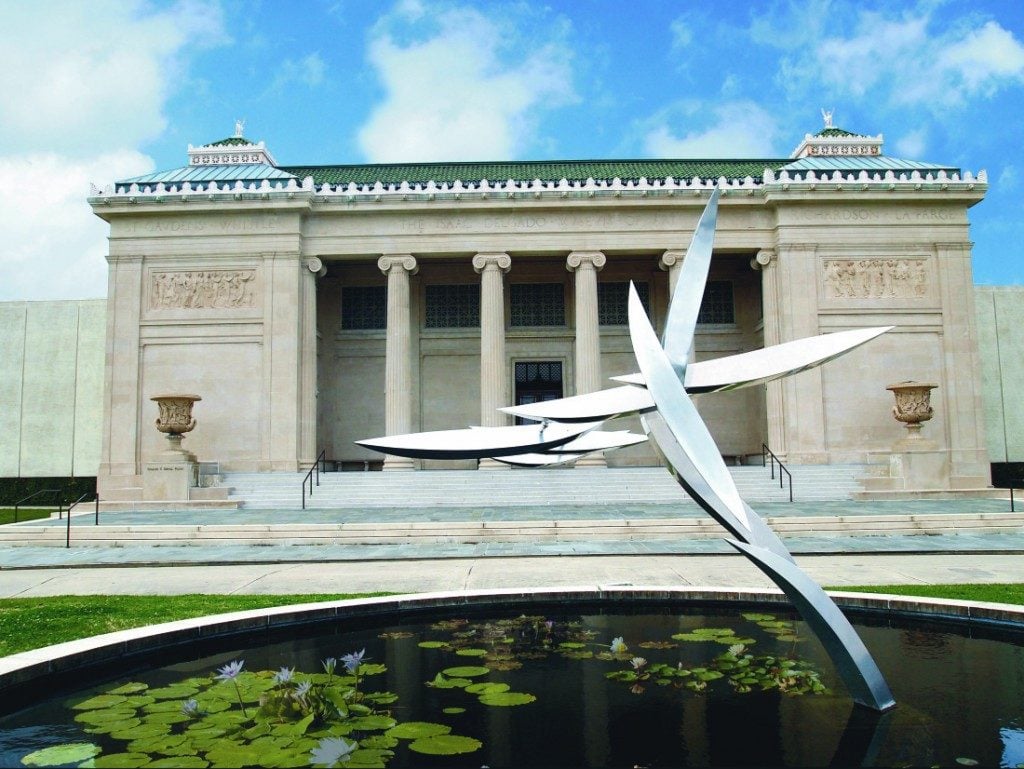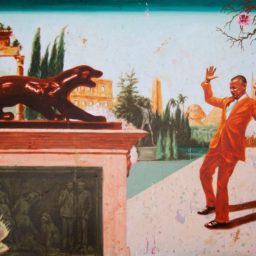After Hurricane Ida made landfall in Louisiana on Sunday, August 29, the category 4 storm—with gusts up to 172 miles per hour—left a wide path of destruction, and the city of New Orleans largely without electricity. We checked in with several arts and culture organizations and found that, while many were fortunate enough not to have sustained physical damage, the lack of power poses a serious threat to artworks that are sensitive to heat and humidity.
Although conditions were not as severe as those following Hurricane Katrina in 2005, not all cultural entities escaped damage. A former tailor shop that figured in the rise of jazz great Louis Armstrong was completely destroyed, as first reported by The Art Newspaper. Images on social media showed the Karnofsky Shop—where Armstrong once worked and where he bought his first cornet—was obliterated by the storm. The home had been on the National Register of Historic Places.
Margaux Krane, a representative for the New Orleans Museum of Art, said she had spoken with museum director Susan Taylor, who called from the museum on Monday. “The NOMA building and grounds did not sustain any damage. Our collection, as well as our incredible emergency team who are on-site, are safe. The museum will remain closed until we can safely reopen with power,” said Krane.
For now, she said, the museum has emergency generators running to maintain stable temperature and humidity. Although cell-phone service remains spotty throughout the city, she added, “all museum staff are safe and accounted for.”
At the Contemporary Arts Center, New Orleans, a weekend-long opening for the “SOLOS” artists-in-residence showcase—set to debut new works and performances by nine artists and collectives—was canceled on Friday and most staff evacuated the city, said communications director Laura Tennyson. “Our turn-of-the-century warehouse building, a former dry-goods store and headquarters of the Katz & Besthoff grocery chain, withstood the storm-force winds,” executive director George Scheer confirmed. “As a non-collecting institution, the CAC is not managing special collections and is taking necessary precautions to care for the work of Gulf South artists we have on site in our current show.”
The CAC was also forced to cancel “(Re)membering to Never Forget,” a virtual panel related to its current exhibition “Behind Every Beautiful Thing” and designed to commemorate the trauma of Hurricane Katrina, which had been slated for August 29.
The Joan Mitchell Foundation, which established an artists’ residency in the city in the wake of Katrina, reported that it had suffered no significant damage. “We will be monitoring whether prolonged power outages could impact the start of the fall residency session in mid-September,” said a spokesperson for the foundation. The New Orleans Jazz Museum did not respond to Artnet News’s inquiry.
Meanwhile, the storm’s damage has cast uncertainty over the fate of Prospect New Orleans, the citywide contemporary art triennial that is now a decade old. The fifth edition, postponed from 2020, is scheduled to take place between late October and January 2022. Speaking from Austin, Texas, where he has been living since the start of the pandemic, director Nick Stillman said being outside of the storm’s path has not necessarily made his last couple of days any easier.

Gary Simmons, Recapturing Memories of the Black Ark (2014). Installation view during “Prospect.3: Notes for Now,” 2014–2015. Photo: ©Scott McCrossen/FIVE65 Design, courtesy the artist and Metro Pictures, New York; Anthony Meier, San Francisco; Simon Lee, London; and Regen Projects, Los Angeles.
Noting that the opening is still two months away, Stillman said, “It’s too early to tell right now. We need more information before we make any decisions. We’re right at that stage where we need framers, fabricators, shipping routes. And we can’t make any good decisions until we really know when the city is going to have power again.”
Luckily, most of the artwork slated for Prospect is not actually in New Orleans yet. “We’re not in the kind of situations that I think our other institutions will be, where the encroaching humidity without generators is going to cause condition problems,” Stillman said.
As for the triennial’s planned locations across the city, of which there are about 20, Stillman said that with people still unable to traverse from neighborhood to neighborhood, it is “very hard to collect a full report on how the city is doing.” With the Prospect staff fully evacuated for now, he added, “I don’t think we’ll really know about the condition of the sites until probably late this week.”










